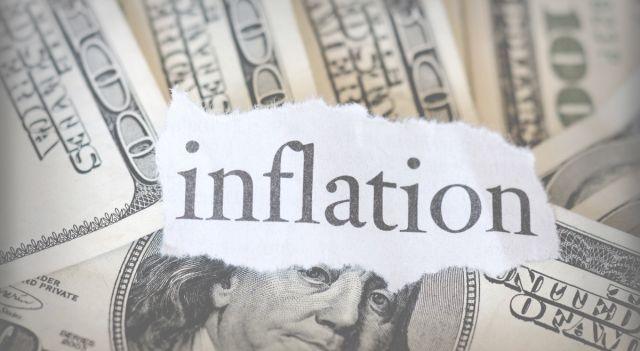
The Federal Reserve’s preferred inflation measure showed signs of cooling last month, indicating a decrease in price pressures amidst elevated interest rates and a slowing economic growth trajectory.
According to a report released by the Commerce Department on Thursday, prices remained unchanged from September to October, a notable shift from the 0.4% increase observed in the previous month. In a year-on-year comparison, prices rose by 3% in October, marking a decline from the 3.4% annual rate recorded in September. This represented the lowest year-over-year inflation rate in over 2 1/2 years.
When excluding the volatile food and energy costs, the increase in core prices also exhibited a slowdown. Core prices saw a mere 0.2% rise from September to October, down from the 0.3% increase registered in the prior month. In a year-over-year context, core prices increased by 3.5%, falling short of the 3.7% year-over-year increase observed in September. Economists closely monitor core prices as they are considered indicative of the likely future path of inflation.
With inflation showing signs of easing, the Federal Reserve is anticipated to maintain its key benchmark rate unchanged during its upcoming meeting in two weeks. Furthermore, the latest data suggests that inflation will likely fall below the Fed’s projected levels for the final quarter of 2023.
In September, the Fed’s policymakers had projected an average inflation rate of 3.3% for the October-December quarter. However, current trends suggest that prices may rise by a lesser amount, reducing the necessity for further interest rate hikes.
Since March 2022, the central bank has raised its key interest rate 11 times, transitioning from near-zero levels to approximately 5.4%, in an effort to combat inflation. Most economists now anticipate that the Fed’s next move will be a rate cut, possibly as early as late spring.
On Tuesday, Christopher Waller, a prominent Fed official, suggested the possibility of a rate cut in the spring if inflation continued to trend downwards. Waller’s remarks were among the most optimistic to come from any Fed official since the central bank embarked on its series of rate hikes, and they hinted at the likelihood that the rate increases had concluded.
On Wednesday, the government reported strong consumer spending, which contributed to a robust 5.2% annualized economic growth rate from July through September. However, in Thursday’s report, the government noted a modest 0.2% increase in consumer spending for the most recent month.
Many economists believe that the current October-December period is witnessing a significant slowdown in growth due to the cumulative impact of higher borrowing costs on both consumer and business spending.
Inflation surged during the pandemic as Americans increased their spending on items like furniture, appliances, and electronics, coinciding with disruptions in global supply chains unable to meet the rising demand for goods. Additionally, the Russian invasion of Ukraine drove up food and energy prices.
According to the Fed’s preferred inflation gauge reported on Thursday, inflation reached its peak at 7.1% in June 2022. The central bank’s rate hikes have resulted in higher costs for mortgages, auto loans, and other forms of consumer and business borrowing, as part of its strategy to slow borrowing, cool the economy, and tame inflation.
Despite the cooling of inflation, overall prices remain significantly higher than they were before the pandemic hit in February 2020, leading many Americans to have a pessimistic outlook on the economy. Consumer prices are still roughly 19% higher than their pre-pandemic levels, while most Americans’ wages have increased slightly more. However, inflation-adjusted wages have not risen as rapidly as they did before the pandemic.
Nonetheless, most economists express confidence that inflation will gradually decrease and eventually align with the Fed’s 2% target over the next year or so. Real-time data indicates that the cost of new rents, a substantial component of the government’s price indices, has been steadily declining. Over time, these figures will factor into the government’s measures and contribute to lower reported inflation.
Some Fed officials are adopting a more optimistic outlook regarding the direction of inflation. In his remarks on Tuesday, Waller expressed growing confidence that the Fed’s interest rate policies are well-positioned to slow the economy and bring inflation back to the 2% target.
It’s worth noting that the U.S. inflation gauge released on Thursday, known as the personal consumption expenditures price index (PCE), is distinct from the more widely recognized consumer price index (CPI) published by the government. The government had previously reported that the CPI had increased by 3.2% in October compared to the same month a year ago. The Fed prefers the PCE index because it considers changes in consumer shopping behavior when inflation rises, such as consumers shifting from expensive national brands to more affordable store brands.

It looks like you are not logged in. Click the button below to log in and keep track of your recent history.